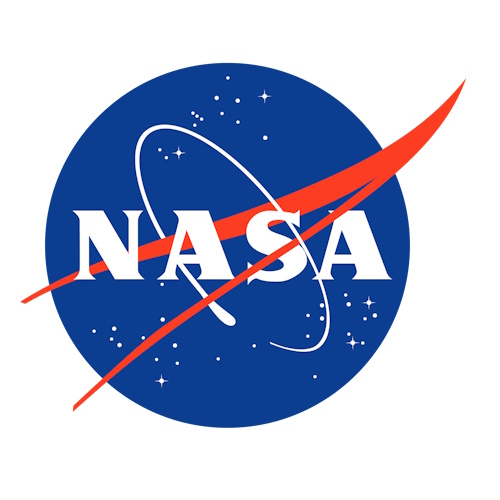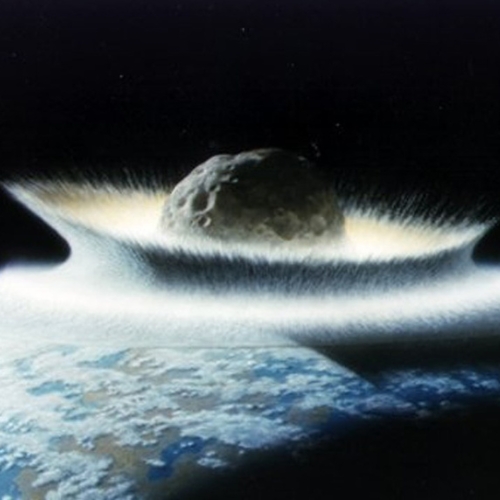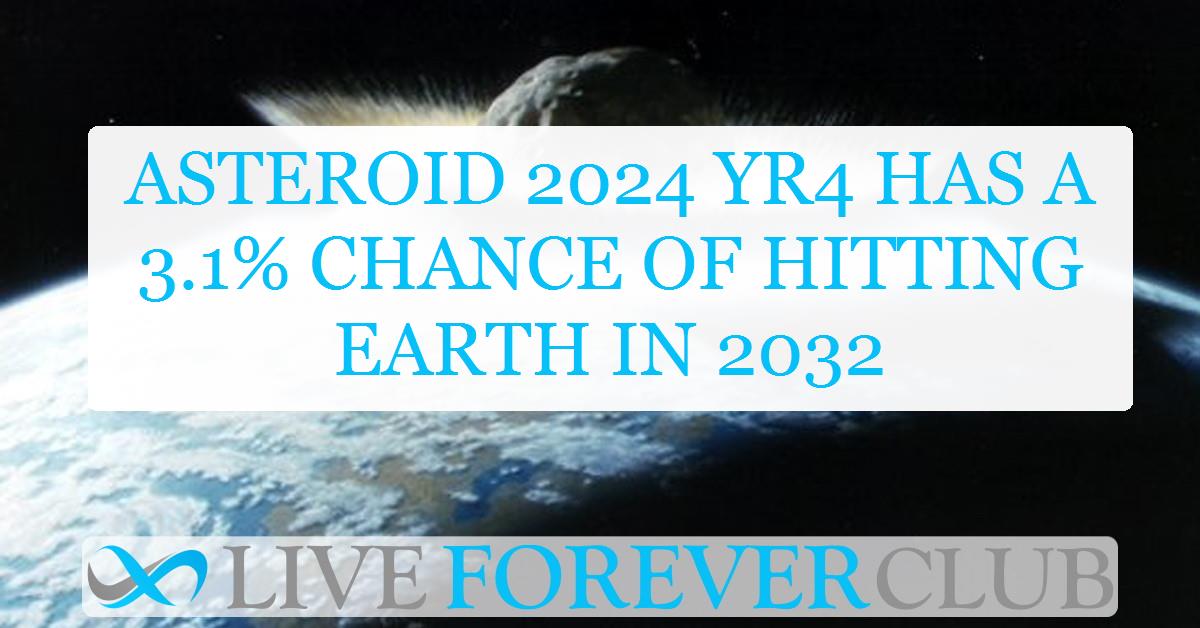Key points from article :
Astronomers are closely tracking asteroid 2024 YR4, which has a 3.1% chance of hitting Earth in December 2032, the highest risk ever recorded for this asteroid. It was first spotted in December 2024 and is estimated to be between 40 and 90 meters wide, with the potential to release energy equivalent to 7.7 megatonnes of TNT—enough to destroy a city if it makes impact.
NASA's collision estimates have steadily increased from a 1-in-83 chance to 1-in-32, while the European Space Agency gives it a slightly lower 2.81% chance. The rising odds do not guarantee an impact, but astronomers are working against the clock to refine predictions before April, when the asteroid will move behind the sun and become unobservable.
Experts from the University of Southampton emphasize that new data could either increase or decrease the likelihood of a collision. Once the asteroid disappears behind the sun, no further observations will be possible until it returns to view in 2028. In the meantime, astronomers are reanalyzing past data for any missed clues about its path.
The James Webb Space Telescope is expected to provide detailed information on the asteroid’s size and composition. This data is critical to understanding how much damage the asteroid could cause and whether it would break apart upon entering Earth's atmosphere.
An iron-rich asteroid poses a greater threat than a stony one, as it is less likely to disintegrate before impact. Knowing its exact makeup will help scientists determine if intervention measures, like deflecting the asteroid, are necessary.
The research, involving NASA, the European Space Agency, and other space agencies worldwide, continues as scientists race to improve predictions before losing sight of the asteroid.








